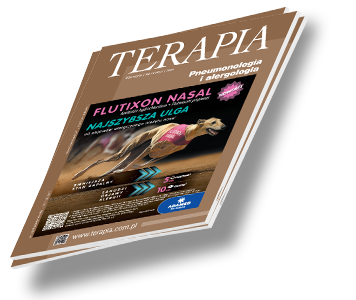W gabinecie lekarza rodzinnego Terapia 2020, 6 ( 389 ) : 30 - 38
Nietrzymanie moczu u dorosłych związane z pęcherzem nadreaktywnym - postępowanie w gabinecie lekarza rodzinnego
Bladder overactivity related urinary incontinence in adults – treatment in general practitioner office
Nietrzymanie moczu zostało zdefiniowane przez ICS (International Continence Society) jako bezwolna utrata moczu, stanowiąca ogromny problem natury społecznej i higienicznej. Jest to schorzenie, z którym często w swojej praktyce spotyka się lekarz rodzinny. Pacjenci mogą zgłaszać nietrzymanie moczu jako objaw w trakcie wywiadu. Może być też diagnozowane jako zaburzenie pojawiające się podczas badania fizykalnego, objawiające się bezwiednym wypływem moczu, np. podczas siadania lub kładzenia się na kozetkę.

Zaloguj się i przeczytaj bezpłatnie całą treść artykułu.
Nie masz jeszcze konta dostępowego?
Zarejestruj się bezpłatnie, a otrzymasz:
* dostęp do wszystkich doniesień oraz pełnych tekstów artykułów naukowych w naszej Czytelni,
* prawo do bezpłatnego otrzymywania newslettera "Aktualności TERAPIA" z przeglądem interesujących i przydatnych wiadomości ze świata medycyny oraz systemu ochrony zdrowia w Polsce i na świecie,
* możliwość komentowania bieżących wydarzeń oraz udziału w ciekawych quizach i konkursach.
Zapraszamy serdecznie, dołącz do naszej społeczności.



Dodaj komentarz